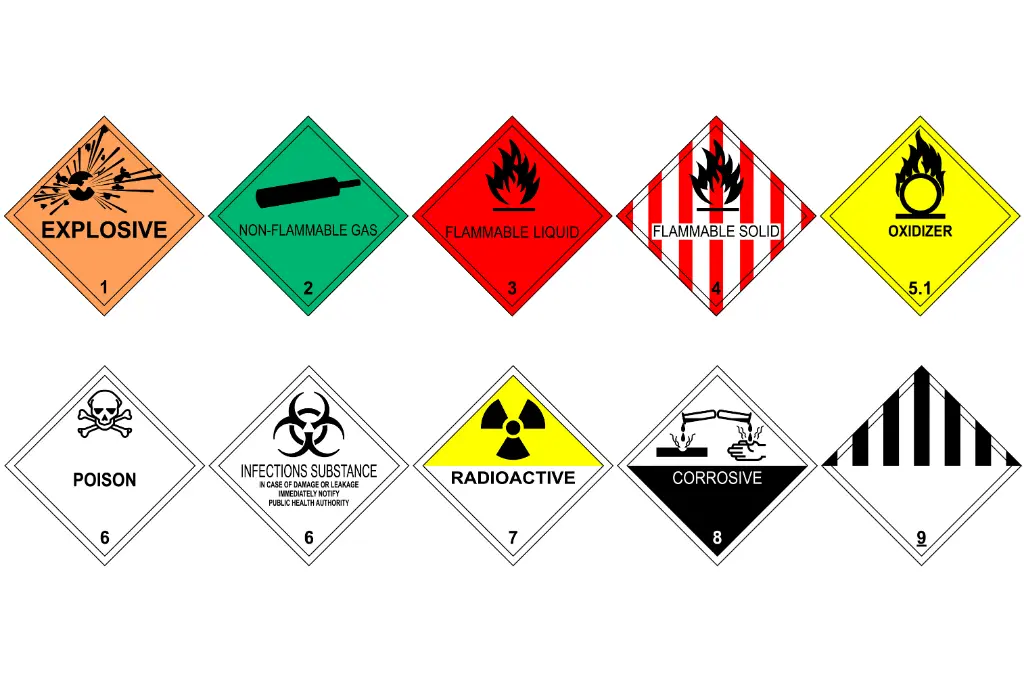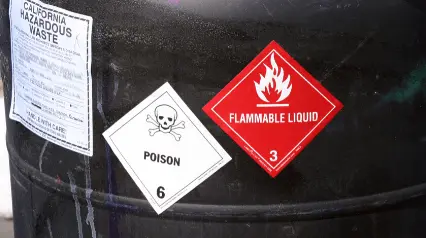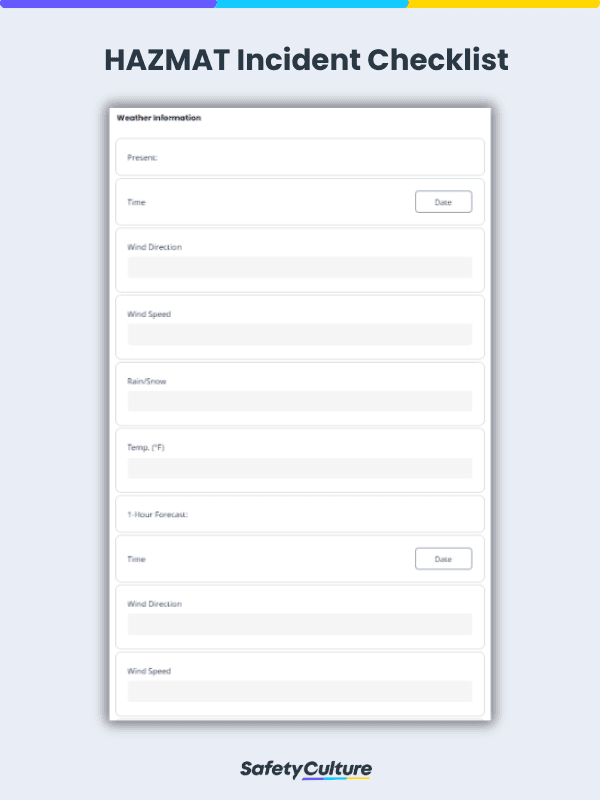What is HAZMAT?
HAZMAT, short for Hazardous Materials, are substances that can cause substantial harm to health, property, or the environment. Also called dangerous goods, HAZMAT are regulated to promote their safe handling, storage, transportation, and disposal to help prevent HAZMAT incidents.
Why is Proper HAZMAT Storage and Handling Important?
Due to the gravity and extent of harm that a HAZMAT incident can cause, it is ideal for workers to know how to properly handle dangerous goods and for safety officers to identify the type of HAZMAT through the use of HAZMAT labels and checklists in order to help prevent incidents from occurring.
What is a HAZMAT Incident?
A HAZMAT incident typically involves uncontrolled or unintended exposure to dangerous materials that cause physical, chemical, biological, fire, or radiological harm. Thousands of HAZMAT incidents occur every year, causing work disruption, property damage, and death. Multiple government bodies regulate HAZMAT and have come up with standardized HAZMAT labels to classify each dangerous substance.
What are HAZMAT Labels and Which Substances are Considered HAZMAT?
HAZMAT labels are used to indicate if a substance being stored or transported is a HAZMAT. A HAZMAT label’s design is based on the 9 hazard class as defined by regulatory bodies such as those mentioned in the U.S. Department of Transportation (DOT) Hazard Classification System.
- Class 1: Explosives
- Class 2: Gases – this includes flammable gases, toxic gasses, or non-flammable, non-toxic gases
- Class 3: Flammable liquids (and combustible liquids)
- Class 4: Flammable solids; Substances liable to spontaneous combustion; Substances which, on contact with water, emit flammable gases
- Class 5: Oxidizing substances and Organic peroxides
- Class 6: Toxic (poisonous) substances and infectious substances
- Class 7: Radioactive materials
- Class 8: Corrosive substances
- Class 9: Miscellaneous dangerous goods/hazardous materials and articles
HAZMAT Labels
Called DOT Placards when used in the transportation of hazardous materials, HAZMAT labels should be clear and visible to easily identify the HAZMAT being transported and allow awareness of the potential risks they pose. In the event of a HAZMAT incident, HAZMAT labels also give responders an idea of how to handle the situation.

Hazmat Labels
Safety Preventive Measures When Around HAZMAT
Being aware of the type of dangerous substance according to the HAZMAT label is the first step to ensuring safety around HAZMAT and helping prevent incidents. Here are other safety tips to help avoid and mitigate HAZMAT incidents:
- Conduct risk assessments to assess safety in the presence of HAZMAT
- Be aware of the details contained in the Safety Data Sheet (SDS) regarding the proper handling of HAZMAT
- Establish proper Hazard Communication (HazCom) processes to be prepared in the event of a HAZMAT incident
- Always wear the appropriate Personal Protective Equipment (PPE) when working with HAZMAT
- Evaluate employee competency and provide training for employees to ensure that they are qualified to handle HAZMAT
- Use the appropriate storage containers for substances and ensure that the HAZMAT labels are clear and visible
- Check if first aid kits are well supplied and easily accessible in case of an emergency
- Fire extinguishers should be available and must be appropriate for the class of HAZMAT
- Establishments that store HAZMAT should be secure, properly ventilated, and have accessible washing stations for decontamination
- For establishments with oil storage, prepare a plan for Spill Prevention, Control, and Countermeasure (SPCC) in compliance with regulations
- For dangerous substances that require round-the-clock temperature-controlled storage, utilize automated sensors that minimizes the need for manual tracking of safe temperature ranges
- Considering the impact of HAZMAT on the environment, it helps to have an Environmental Management Systems (EMS) in place that follows ISO 14001
- Conduct regular inspections using HAZMAT checklists and create HAZMAT reports that clearly communicate if HAZMAT containers are in good working condition and if the safety measures in place are still effective in keeping people, property, and the environment protected from the hazards of dangerous substances.


